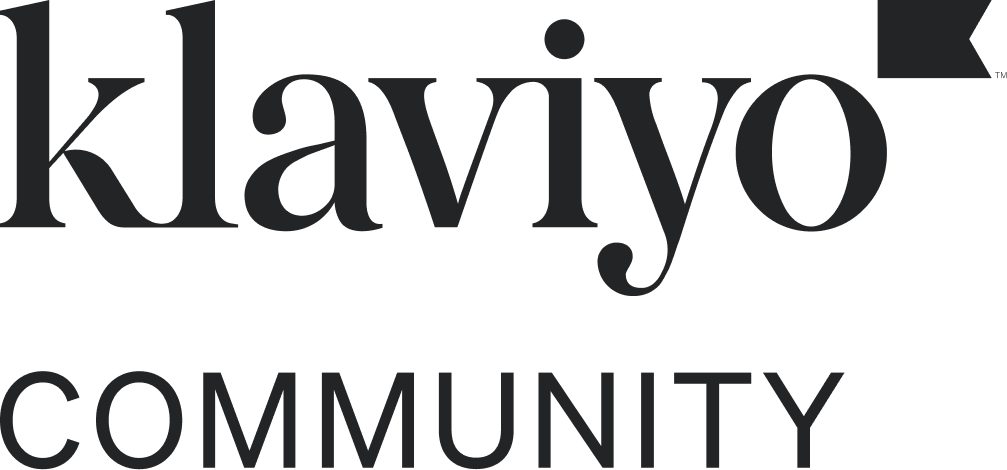Hey @wernstrom,
Adding onto @Brian Turcotte’s great points, this really depends on entirely how things are setup and the timing of the migration.
For example, I’ve seen some brands keep running on their original ecommerce platform until they decide to cut over to their new platform. When this happens, users may still be going through some flows. But because the old platform is either no longer connected or live, you can keep those metric triggered flows associated with the original platform Live and run their course. Since no new metrics would be triggered from the original ecommerce platform, it wouldn’t cause any issues like users going through the same or similar flow twice.
You may need to take a different approach though if you were migrating your backend data from BigCommerce to Shopify though. If you are, I would advise migrating that data before your migration and with any of your Shopify flows turned off or in draft mode.
I’ve seen instances where the flows were still live and because those metrics were recognized, triggered their corresponding flows. Backpopulating may also cause a similar phenomenon.
@aamberrt, something that may also be helpful to understand is that if you’re connecting a new ecommerce platform - not the same as your original one - you can actually connect it ahead of time. This allows you to build out your flows and set things up in advance for the migration.
I hope this helps clarify some things!
David


![[Academy] Deliverability Certificate Forum|alt.badge.img](https://uploads-us-west-2.insided.com/klaviyo-en/attachment/505f2253-cde5-4365-98fd-9d894328b3e0_thumb.png)




![[Academy] SMS Strategy Certificate Forum|alt.badge.img](https://uploads-us-west-2.insided.com/klaviyo-en/attachment/2f867798-26d9-45fd-ada7-3e4271dcb460_thumb.png)

